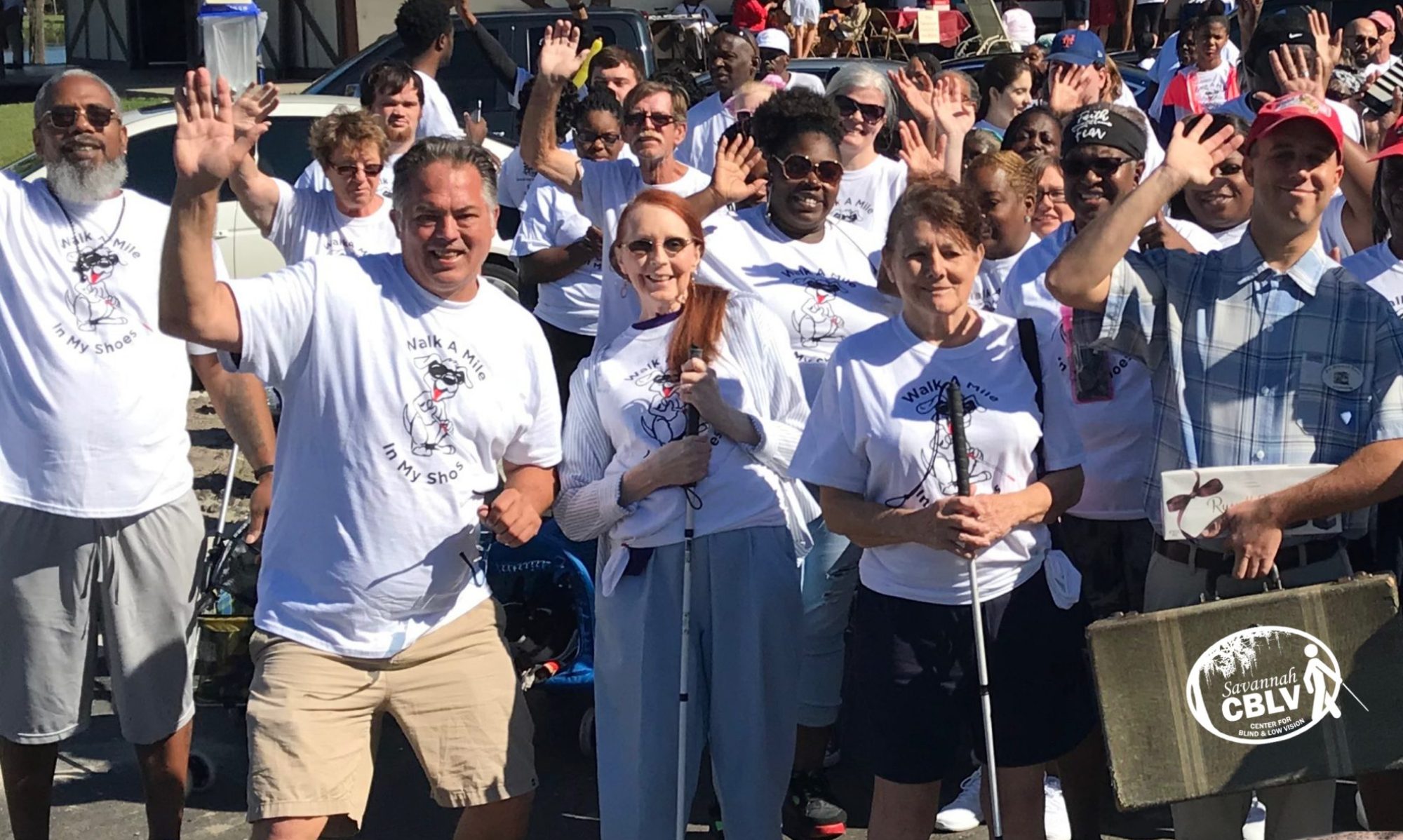Orientation & Mobility (O&M) services are specialized instructional services designed to support individuals who are blind or visually impaired in developing the skills necessary to travel safely, independently, and confidently in various environments. These services are crucial in fostering independence, self-confidence, and access to education, employment, and community life.
What Is Orientation & Mobility?
- Orientation refers to the ability to know where one is in space and how to plan and follow a route to a destination.
- Mobility refers to the physical act of moving safely and efficiently through environments.
Together, these skills empower individuals with visual impairments to navigate indoor and outdoor settings—from classrooms and workplaces to streets and public transportation—with or without assistive devices.
Key Components of O&M Training
O&M training is personalized and may include:
- Sensory development: Enhancing the use of other senses (hearing, touch, smell) for orientation.
- Concept development: Learning spatial and environmental concepts such as direction, distance, landmarks, and routes.
- Techniques for safe travel: Including trailing, protective techniques, and how to navigate stairs, elevators, and escalators.
- Cane skills: Instruction in the use of the long cane or support cane for independent navigation.
- Use of technology: Training in GPS apps, smartphone tools, electronic travel aids, and accessible public transit apps.
- Street crossing and public transit: Understanding traffic patterns, using intersections safely, and navigating bus or train systems.
- Environmental awareness: Adapting to various travel settings, including urban, suburban, and rural environments.
Who Provides O&M Services?
O&M services are provided by certified Orientation & Mobility Specialists (COMS), professionals trained in assessing, planning, and implementing mobility instruction. They work in schools, rehabilitation centers, veterans’ programs, and community agencies, often collaborating with families, educators, and other specialists.
Who Can Benefit?
O&M training is beneficial for:
- Children and youth with visual impairments (as part of their IEP services)
- Adults who are blind or have low vision due to congenital or acquired conditions
- Older adults experiencing vision loss due to age-related causes such as macular degeneration or glaucoma
- Individuals with additional disabilities who require adapted O&M instruction
Why It Matters
Orientation & Mobility services are essential for promoting independence, access, and full participation in life. With proper training, individuals with vision loss can achieve personal goals, navigate new environments, and lead empowered, connected lives.
